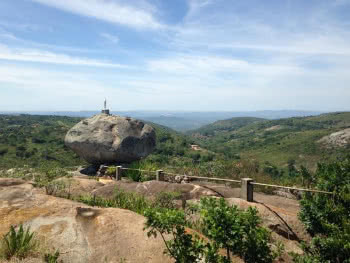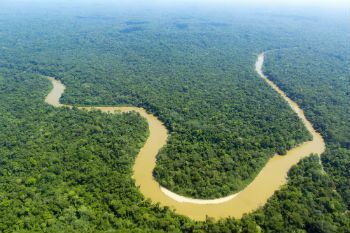Located in the Center-West Region, the state of Mato Grosso has a territorial extension of 903,329,700 square kilometers, being the second largest in Brazil. According to data released in 2010 by the Brazilian Institute of Geography and Statistics (IBGE), the state population is 3,035,122 inhabitants.
The economy of this large Brazilian federative unit is constantly on the rise and, in 2008, the Product Gross Domestic (GDP) in Mato Grosso reached the mark of 42.7 billion reais, corresponding to 1.6% of GDP national; at the regional level, its participation was 18.1%. The share of economic activities for the GDP of Mato Grosso is as follows:
Agriculture: 28.1%.
Industry: 16.4%.
Services: 55.5%.
Agriculture, despite accounting for 28.1% of the state's wealth, is the main economic activity, as the service sector, which contributes with 55.5%, is directly linked to it. The sale of products and the installation of hotels and restaurants, among other segments of the services, are leveraged by agricultural development, which also gave rise to new municipalities in the state.
Several rural properties in Mato Grosso are equipped with technological devices that increase productivity and reduce costs, consequently, there is great profitability. Among the main crops are soybeans, cotton, cereals, legumes and oilseeds. The state is the largest national cotton producer, home to 20 municipalities of the 35 largest producers in Brazil. It is also responsible for producing about 20% of the national soy. Mato Grosso also has one of the largest bovine herds in the country, with an emphasis on beef cattle.
Do not stop now... There's more after the advertising ;)
The industrial sector, in turn, is concentrated in the capital, Cuiabá, and contributes only 16.4% to the state's GDP. However, it is expanding, especially in the food, slaughterhouse, civil construction, ceramics, leather-footwear, cellulose and paper, electronics, pharmaceuticals, woodworking, mechanics and metallurgy.
Tourism is mainly promoted in the Pantanal National Park and in the Chapada dos Guimarães National Park. These two places have beautiful natural landscapes, a fact that attracts thousands of visitors and boosts ecotourism in the state.
Mato Grosso Exports and Imports.
Export: 7.8 billion dollars:
Soybeans: 48%.
Soybean oil and residues from its extraction: 22%.
Beef: 8%.
Corn in grain: 7%.
Cotton: 6%.
Others: 9%.
Import: 1.3 billion dollars:
Fertilizers and fertilizers: 80%.
Machines and equipment: 5%.
Iron and steel works: 3%.
Calcium Phosphate: 2%.
Locomotives and their parts: 2%.
Others: 8%.
By Wagner de Cerqueira and Francisco
Graduated in Geography



